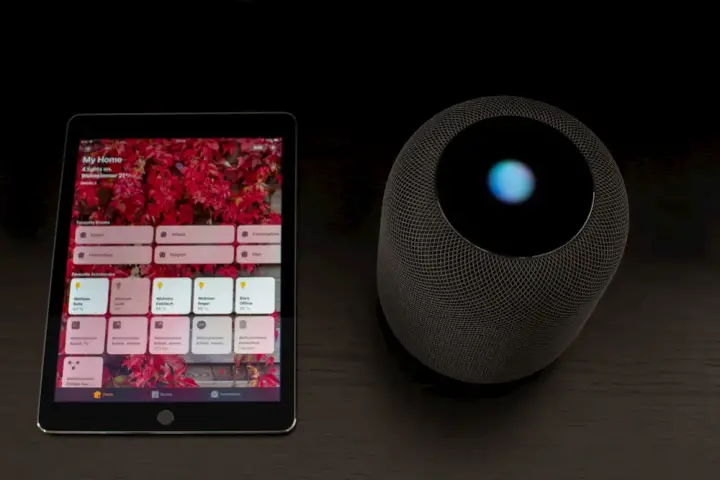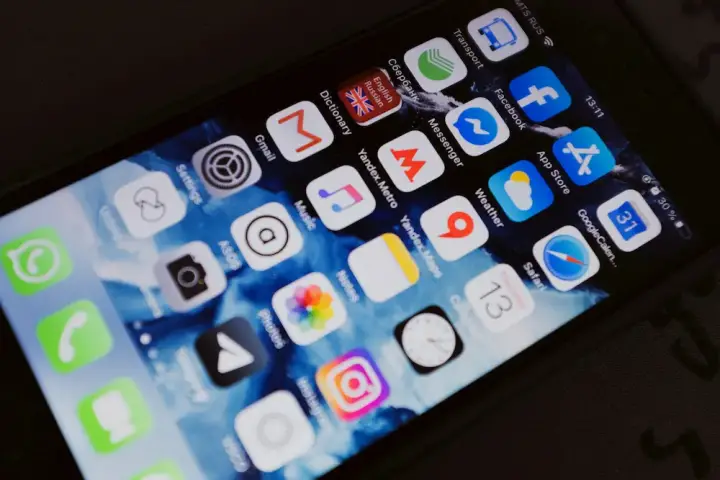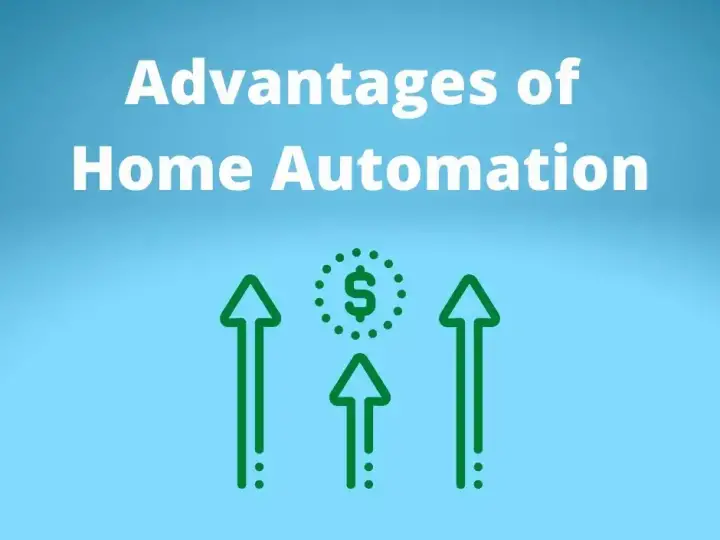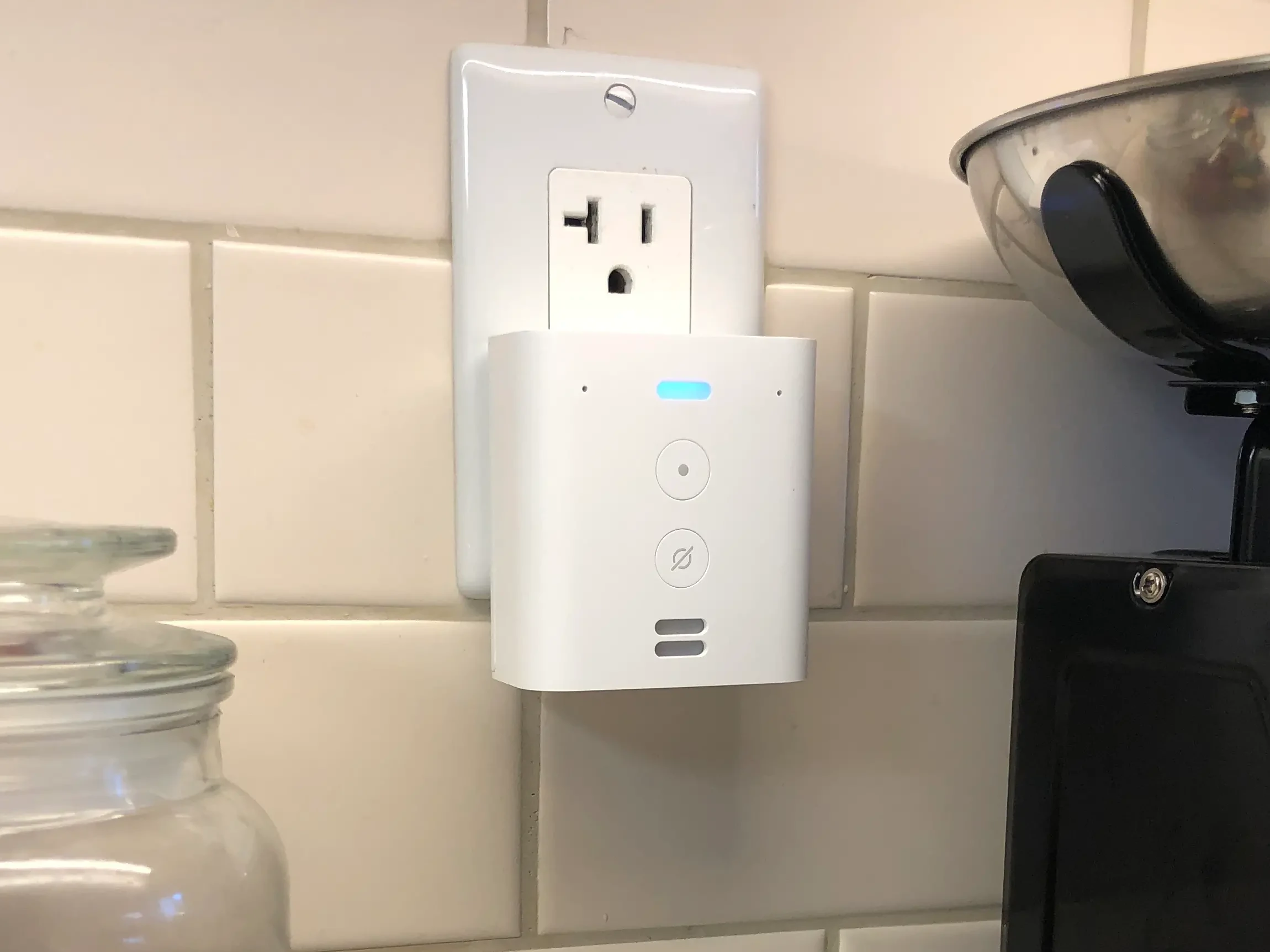Does HomeKit Actually Work Without an Internet Connection?
Updated on 24th Sep 2020 16:14 in General, Smart
HomeKit is Apple's smart home ecosystem, and as many competing systems require constant access to an internet connection, it is easy to see why many will assume HomeKit will also need a cloud connection. So does HomeKit work without internet? The short answer: yes! Stick around because we're going to be answering some more common questions about HomeKit.

Table of Contents
What is Apple HomeKit?
HomeKit is Apple's own ecosystem for smart devices. It includes a protocol that devices use to communicate with each other, the option for them to use WiFi or Bluetooth, and an app that comes installed by default on every iOS device. The platform offers smooth integration with everything Apple, including Siri and Macbook computers. In fact, the Home app on mobile will automatically sync with the one on your Mac without even requiring a hub.
Unlike other companies providing smart hubs, HomeKit is designed to be a standard that any device can support, making it more of a protocol like Z-Wave or Zigbee rather than a walled garden. More recently, all of the tools needed for creating HomeKit compatible devices are now open source, effectively allowing anyone to develop integrated products.
Can Apple HomeKit work without internet?
HomeKit does indeed work fine without any internet connection. It should be noted that the remote access functionality will not work without a connection. That said, unless your smart home has an alternate method of connecting to your phone or computer over long distances, the internet tends to be the only way to achieve external access easily.
The HomeKit specification details that every device must be capable of connecting directly to a HomeKit controller without any internet connection. Although that assures you that they will work offline, it, unfortunately, does not mean they won't connect to a cloud service when a link is available. Many products offer both HomeKit support and their own app that makes use of the cloud, so if avoiding the cloud is your goal, be sure to stay clear from all these types of devices.
Does HomeKit work without WiFi?
HomeKit could work without WiFi with specific devices, but the core relies on it for device communications. An exciting aspect of HomeKit is its ability to connect to devices using Bluetooth directly instead of always using a network connection as many others do. The problem is that if you are using a hub, it will connect to devices using Bluetooth, but you won't be able to control any of them unless you use the hub directly.
The real answer is that while it is possible to use HomeKit in a way that does not include WiFi, this use case not what the system was designed for, and you will be missing out on some of the best features. All the connections between the hub and the phone apps are made over WiFi, and when compared to Bluetooth, the range is comparatively massive.

Does HomeKit need a hub?
HomeKit does not require a hub to be able to control your connected devices while at home. Each device uses local network discovery to find your phone and connect to it, allowing the Home app to send commands directly to each smart device. This kind of use is very convenient for those wanting to try out the system without sinking tons of money into it, as the only purchase needed is a compatible smart device (assuming you own an iOS device).
Hubs aren't just for decoration though. Other companies aren't adding needless complexity when they say you must purchase one, so why do they exist? If you want to set up automations or be able to control your devices while you are away, you will need a hub. A hub is like a local server, which is the same thing cloud devices connect to over the internet just on a much bigger scale. It will then accept connections coming from various equipment on your network and also provide a management interface over the internet.
The following section details which hubs are available if you decide it is something you want to use. Using the system without a hub is a great way to get a feel for how the ecosystem works, but once you get serious, you will want to get a hub.
Can iPhones be used as a HomeKit hub?
Unfortunately, as of the time of writing, there is no support for iPhones being used as HomeKit hubs. Presumably, the assumption Apple made is that most people are unlikely to ever move the devices you can use as a hub, allowing them to act as a local server for all your smart devices. iPhones, on the other hand, are usually moved very frequently, which disqualifies them from being used as a useful hub.
What about old iPhones you have lying around? That is an excellent point, and it would be great to see this use case supported in the future. As of now, however, no iPhone can act as a hub in its factory condition. So what devices can you use as a HomeKit hub? There are a few:
- An iPad running iOS 10 or later
- Apple TV 4th gen or later
- The HomePod
As you can see, there are actually quite a few ways to get an official HomeKit controller that does not require purchasing new products if you are already in the Apple ecosystem. It should be noted that there are quite a few DIY methods for creating HomeKit hubs that do not require any of the above devices. Those are, of course, not supported by Apple but can be great ways to get all of the advantages of HomeKit into your DIY platform.

What happens with multiple HomeKit hubs?
If you have multiple devices that could be used as a HomeKit hub, it is possible to enable all of them as a controller. There is support for this built-in, and any hub which isn't the primary one will be shown as being on standby. Then, if the central hub goes down for any reason, one of the standby units will kick in to take control and continue providing remote access along with the configured automations.
Another advantage of using the multi-hub feature is that all of the standby units will act as an additional Bluetooth radio on the network. This means that you can get much better coverage for devices that will only work using Bluetooth by setting up the other HomeKit hubs nearby. Since many will have a stay at home iPad, this is a perfect way to get some extra use out of it without needing to change much.
Summary
In summary, HomeKit is a fascinating ecosystem that Apple continues to update and provide new additions to. The move to make everything open-source is almost sure to have a positive effect on the market use of this protocol as more developers (potentially even DIY users) take advantage of it. For those looking to build a smart home that doesn't need an internet connection to function locally, HomeKit is an excellent choice. As of now, there aren't that many options for someone who just wants a plug and play offline smart home, but HomeKit comes close to that.



